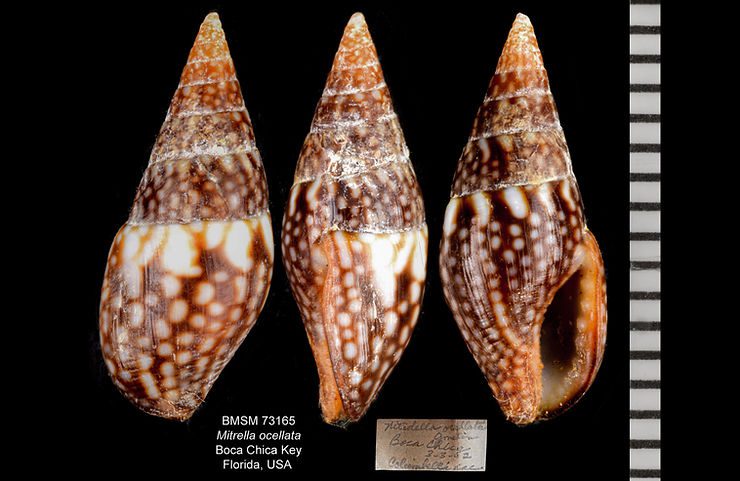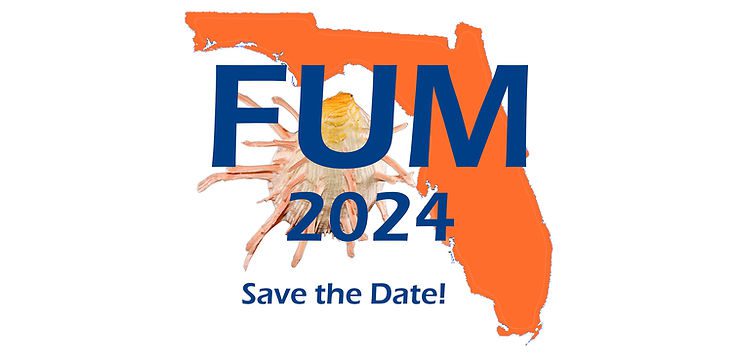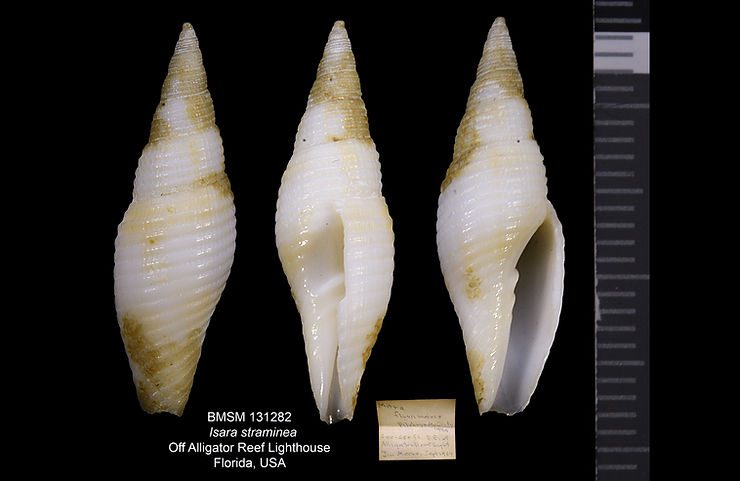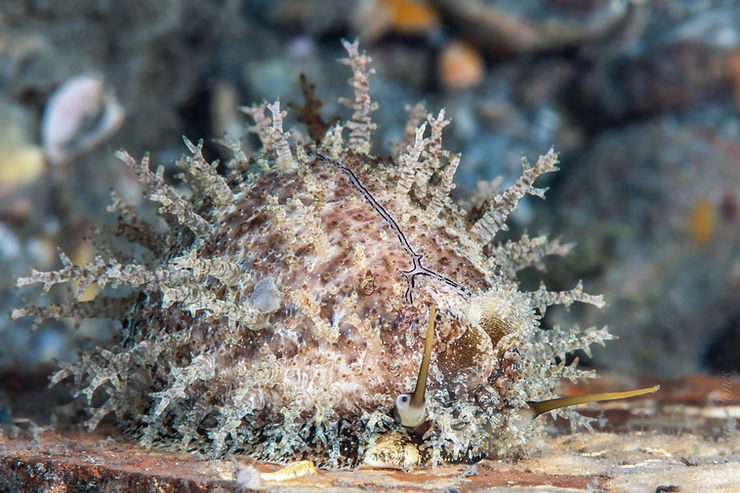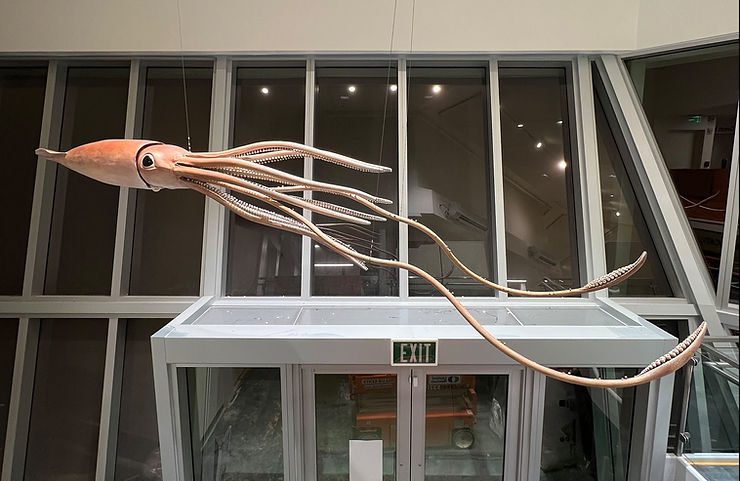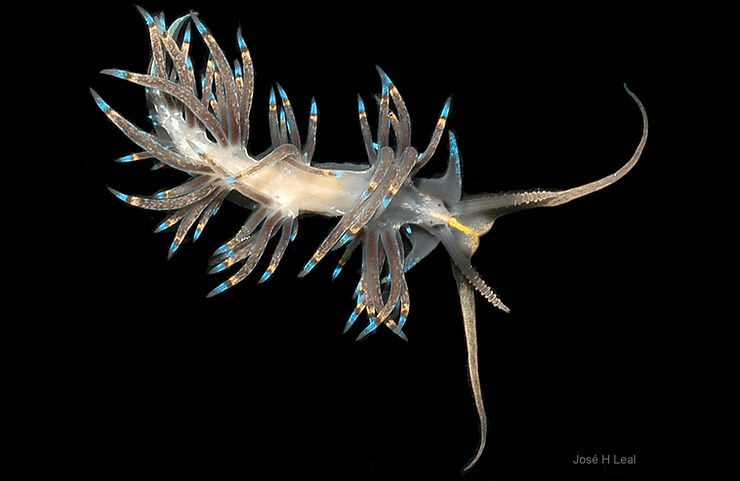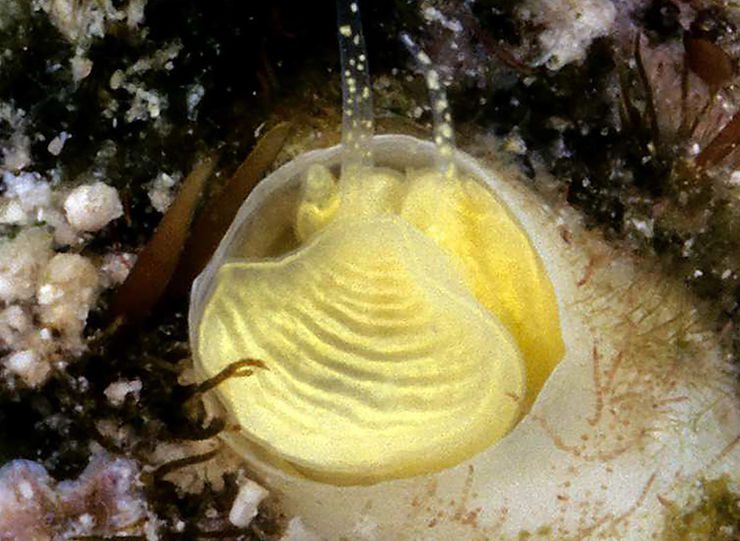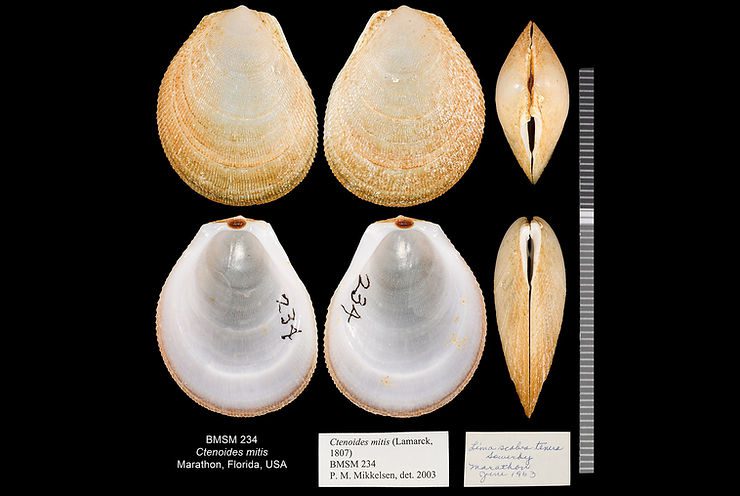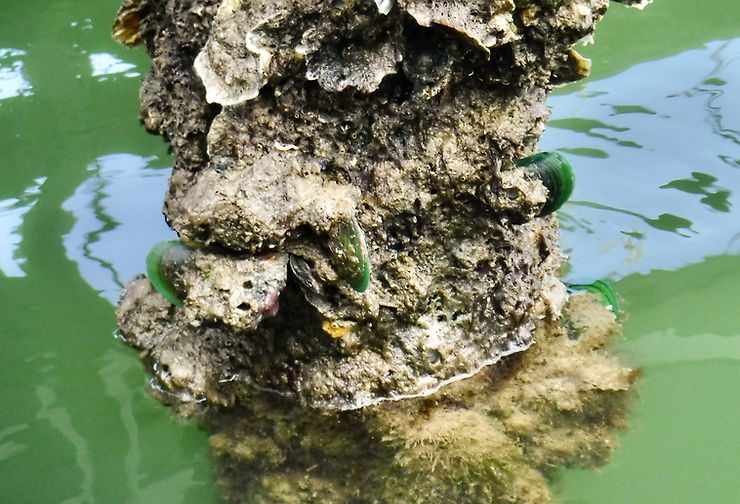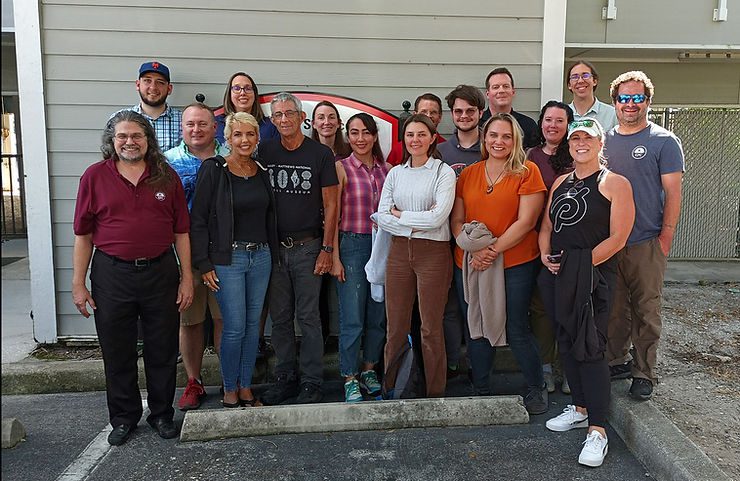
2023 Bivalves Workshop: A Success Story
On November 8-10, I taught the 2023 Marine Bivalves workshop, promoted by the Florida Association of Aquatic Biologists (FAB) at the University of Tampa’s Marine Science Field Station, in Tampa. The workshop dealt with the natural history and identification of local marine bivalve mollusks. The 2.5-day event was attended by marine biologists from, among other institutions, the University of Tampa, University of South Florida, United States Geological Survey, and Smithsonian Marine Station at For
